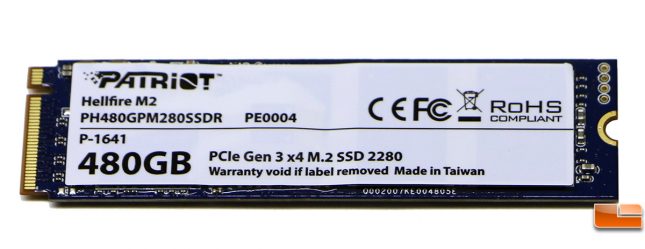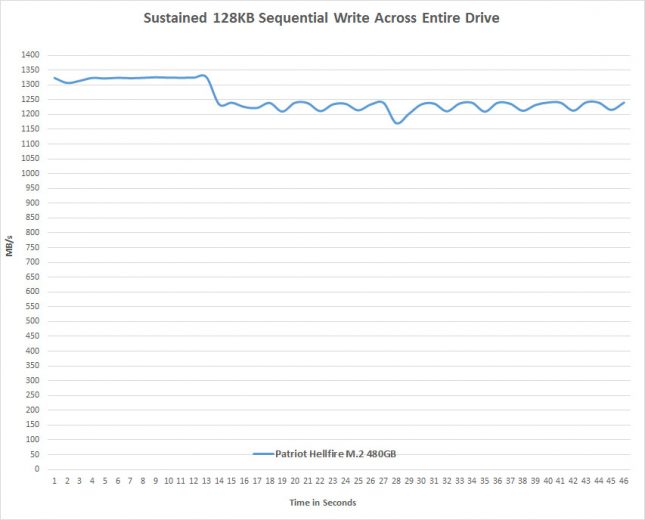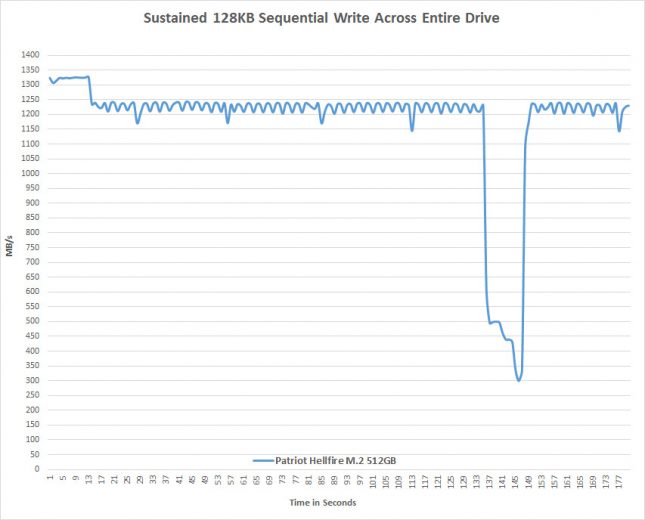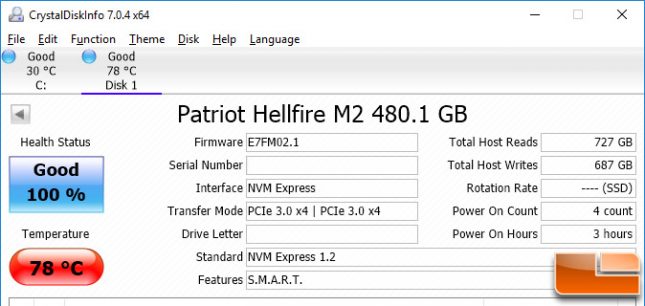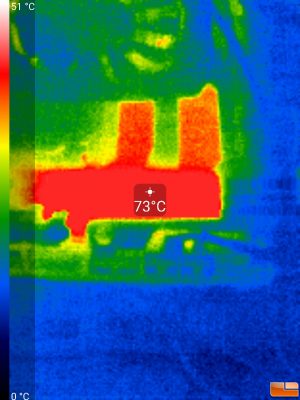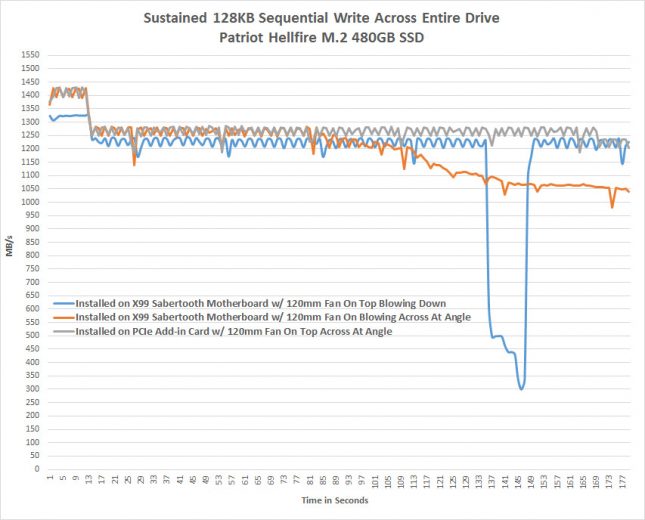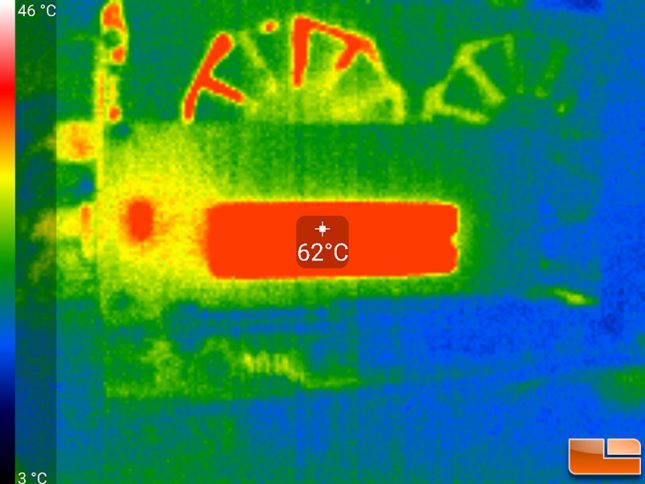Patriot Hellfire M.2 480GB NVMe SSD Review
Taking A Look At Sustained Write Performance
Triple-Level Cell TLC NAND based SSDs perform usually quite well, but when you copy a large amount of data to the drive without and idle time you’ll often find a large drop in write speed. TLC NAND is great in applications where write operations are limited , but is usually not recommended for critical systems that have heavy write operations as they have lower endurance ratings than SLC or MLC NAND and of course sustained write performance isn’t stellar. In recent years drive manufactures have been figured out that by using SLC or TLC treated as SLC as a cache they can keep the drives overall write performance high as long as the amount of data being written to the drive fits in the cache. If you overflow the cache, you are then writing directly to the TLC NAND and the write performance will drop down to that level. It should be noted that the SLC cache will clear once the drive idles, so this only impacts long writes that are many GB in size. This might not be a typical workload scenario for this ultra-value or mainstream drives, but still something worth pointing out!
Let’s take a look at the Patriot Hellfire M.2 480GB drive to see how it handles sustained write scenarios.
The Patriot Hellfire starts out at around 1320 MB/s sequential write speeds, but after 12 seconds (17GB of writes) the performance dropped roughly 100 MB/s and went down to 1220 MB/s. When you average the test results over the 45 second period that we are focusing on these are the average speeds that you come up with:
- Patriot Hellfire M.2 480GB – 1226.38 MB/s
- Samsung SSD 960 EVO 1TB – 1223.07 MB/s
- Samsung SSD 850 EVO 500GB 527.23 MB/s
- Crucial MX300 750GB SSD 522.4 MB/s
- ADATA SU800 512GB SSD 520.85 MB/s
- Toshiba OCZ VX500 512GB SSD 520.41 MB/s
- Intel 600p 512GB – 427.295 MB/s
- Toshiba OCZ Trion 150 480GB 347.75 MB/s
- Samsung SSD 960 EVO 250GB – 326.37 MB/s
- WD Blue SSD 1TB 314.81 MB/s
- Kingston UV400 480GB 267.04 MB/s
- OCZ Trion 100 480GB 192.19 MB/s
- ADATA SP550 480GB SSD 103.53 MB/s
Not bad performance as the Patriot Hellfire is one of the fastest SSDs around with regards to sequential write performance.
The only problem is that when we take an extended look at performance we noticed that there was a huge drop shortly after 2 minutes (167GB) of sustained writes. Performance went from being over 1200 MB/s before dropping down to 299 MB/s for a short period of time and then recovered only to dip again to a lesser degree near the 3 minute mark. What could be causing this on this MLC NAND based drive?
A quick look at the drives temperatures showed that we were hitting 78C and that was with a 120mm case fan sitting directly on top of the Patriot Hellfire M.2 480GB drive blowing cool air over it. We thought it was wrong, so we took our Seek Thermal camera and used our Galaxy S7 Edge to find that the temperatures on the top of the product label were indeed above 70C.
It looks like we could be hitting the thermal limits of this drive, but that number is not given by Patriot as they only say the room operating temperatureshould be between 0C to 70C. This is not an SSD for enclosures with poor airflow or any notebook that we could think of.
We then tried different fan angles and even placing the Patriot Hellfire M.2 480GB SSD in an add-in card with a 120mm case fan blowing across it and found that in a 3 minute test run all three had performance drips at one point or another. The best solution we found was with the Patriot Hellfire M.2 480GB being installed in an add-in card and having a fan blowing across the drive as the performance only started to take performance hit around the 169 second mark.
A quick look at the thermal camera showed that we were getting up in the mid 60C range after a few minutes of use, which is better than 78C! You can easily write over 150GB of data to the drive before any thermal throttling ever becomes an issue, so this shouldn’t be a deal breaker. This test is really a worst case scenario test, but regardless this drive runs on the hotter side and we certainly wouldn’t put it in a laptop or a SFF system that has little to no airflow.
Let’s take a look at some common benchmarks!

